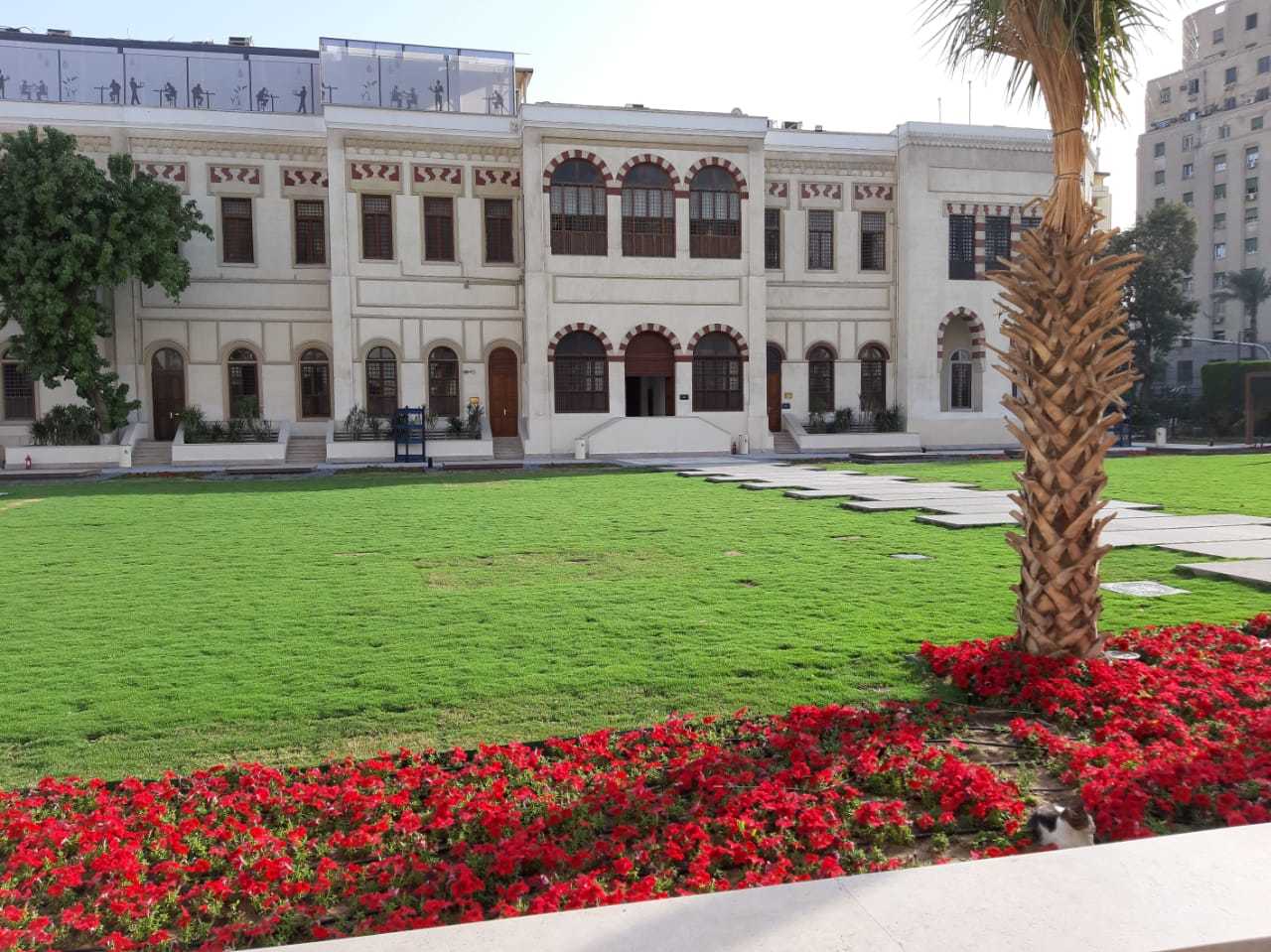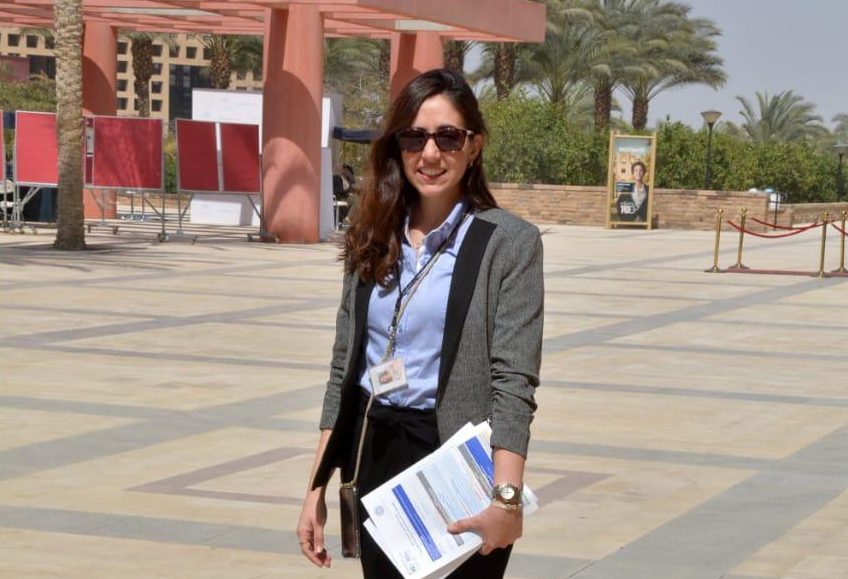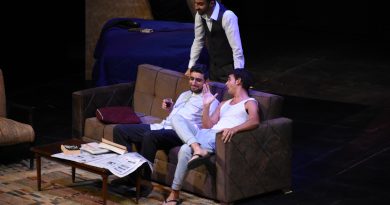AUC’s History Lives in Downtown Cairo
By: Nada AlNaggar
@NadaWahba10
In celebration of the AUC Centennial, the Rare Books and Special Collections Library (RBSCL) held a series of lectures looking back at the evolution of the Tahrir campus as a center of learning and the history of the grounds it sits on.
Balsam Abdelrahman, the assistant director and curator of Regional Architecture Collections at the RBSCL and the organizer of the March 20 event, said the series was designed to re-introduce Downtown Cairo to those living in New Cairo.
“We wanted to connect students who came to the new campus without seeing the one in Downtown before, the ones who didn’t have the chance to live our experience,” Abdelrahman told The Caravan.
Students who attended university in the days of the old campus were very connected to Downtown Cairo, Abdelrahman explained. Such an experience is unknown to students of the new campus – an enclosed property that comprises its own secluded community.
“You had to move from the main campus [in Tahrir] and go to different places and buildings which are connected to the university. Downtown streets were flooded with AUC students who knew the place very well. You didn’t feel disconnected [from] the Egyptian community,” Abdelrahman elaborated.
The Tahrir Campus is itself steeped in history and culture.
Alumna, author and architect Hend Asaad Nadim spoke about the essence of the old AUC campus and how it was intertwined with Downtown Cairo’s rich heritage.
By the time of Khedive Ismail’s rule of Egypt from 1863 to 1872, there was a desire for architectural innovation, rapid development and construction, says Nadim, who is also the founder of Nadim Foundation which designed AUC furniture.
“When the rulers of Egypt at the time started building new cities, the Khedive decided to give away some of his lands to people he was close with,” she said.
Ahmed Khairy Pasha, minister of education in 1874 and later the minister of interior, received a plot of land from the Khedive on which he later decided to build his house. It occupied a large rectangular area and was surrounded by three streets: Al Qasr Al Einy, Al-Shaikh Rihan and what is now known as Mohamed Mahmoud.
Khairy Pasha’s house would be the foundation upon which AUC Tahrir was later built, Nadim said.
But by the late 1800s Downtown Cairo was undergoing massive transformation, as were Zamalek, Garden City and Maadi.
“People were leaving Downtown because it was getting too noisy and too busy. It was no longer the villas with gardens. [People started] moving to the quieter areas,” Nadim said
Khairy Pasha was one of those people, opting to sell his house to Nestor Gianaclis, the owner of one of the first and most famous cigarette firms, who then turned the house into office space and a tobacco plant.
Gianaclis decided to change the design of the building and morph it using Neo-Mamluk architectural motifs (the Mamluk revival), a popular style during that era, and commissioned Max Herz Pasha, an authority on the Mamluk art decor to carry out this transformation.
The building was then available for rent to one of the universities in Egypt and later to the Ministry of Education. Finally, it was bought by AUC, which was then called the Cairo Christian University, Nadim said.
The very first board meeting was held to discuss the technicalities of transforming the building into a university. Nothing was changed about the building itself. However, two additional spaces were added; Ewart Memorial Hall and the annex space that included apartments and office spaces.
“And now, here we are,” Nadim concluded.
Eman Morgan, a media and serials reference specialist at the RBSCL, said she worked with Balsam to invite researchers, scholarists and faculty who are working on Downtown Cairo and the restoration and revitalization of the neighbourhood.
Morgan talked about the target audience: students of architecture, design, history and Arab and islamic civilizations, and how such a lecture can be of help for them in specific, and the AUC community as a whole.
“It is to inspire the students, to network and invite them to use the collection of archives we have and use them in their work and daily education,” Morgan told The Caravan.
Amanda Ioannou, a Graphic Design junior and Architectural Design minor, says she feels an emotional attachment to the AUC Tahrir Campus because both her parents are alumni.
“It [the talk] gave me a better understanding of this specific place my parents mention while telling stories about their university days,” Ioannou said.
“I found it beneficial primarily for my minor which is based on Islamic art and Architecture. It was interesting to see how AUC was slightly inspired by the Mamluk Architectural style, and it was interesting to see the interior decoration of the university,” she said.



